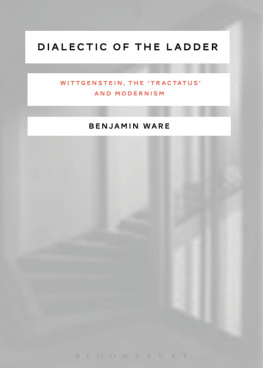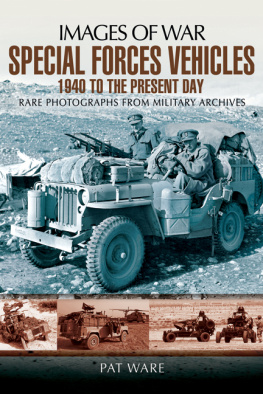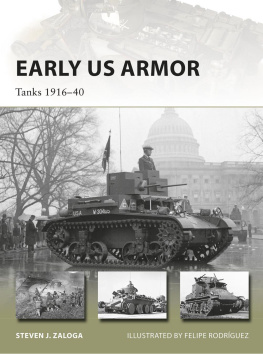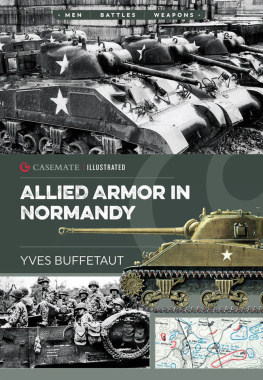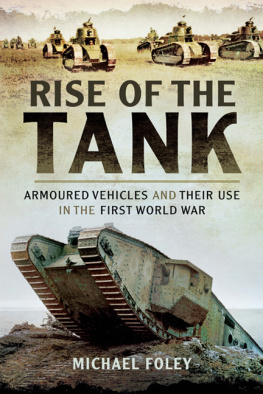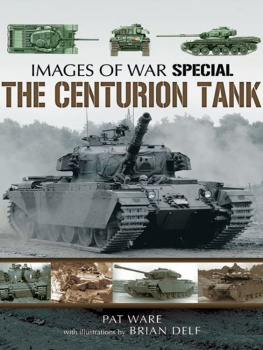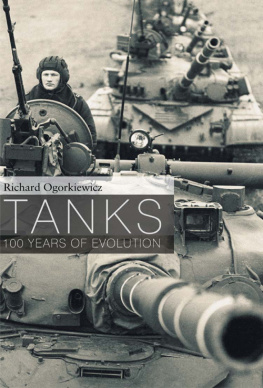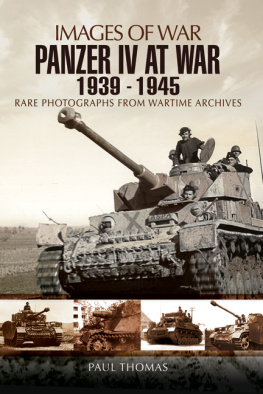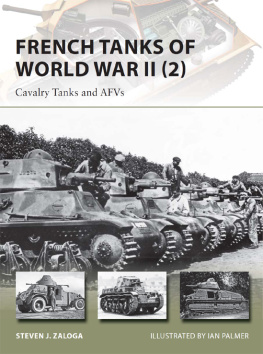
A Challenger 2 on the streets of Basra, Iraq. The demeanour of the local on the bicycle suggests that such tanks had become an everyday sight. ( Warehouse Collection )

First published in Great Britain in 2012 by
PEN & SWORD MILITARY
an imprint of
Pen & Sword Books Ltd,
47 Church Street,
Barnsley,
South Yorkshire.
S70 2AS
Text copyright Pen & Sword Books, 2012
Photographs copyright as credited, 2012
A CIP record for this book is available from the British Library.
ISBN 978 1 84884 566 4
eISBN 978 1 78303 839 8
All rights reserved. No part of this book may be reproduced or transmitted in any form or by any means, electronic or mechanical including photocopying, recording or by any information storage and retrieval system, without permission from the Publisher in writing.
Typeset by Chic Media Ltd.
Printed and bound by CPI Group (UK) Ltd, Croydon, CR0 4YY.
Pen & Sword Books Ltd incorporates the Imprints of
Pen & Sword Aviation, Pen & Sword Family History, Pen & Sword
Maritime, Pen & Sword Military, Pen & Sword Discovery, Wharncliffe
Local History, Wharncliffe True Crime, Wharncliffe Transport, Pen &
Sword Select, Pen & Sword Military Classics, Leo Cooper,
The Praetorian Press, Remember When, Seaforth Publishing and
Frontline Publishing.
For a complete list of Pen & Sword titles please contact
Pen & Sword Books Limited
47 Church Street, Barnsley, South Yorkshire, S70 2AS, England
E-mail: enquiries@pen-and-sword.co.uk
Website: www.pen-and-sword.co.uk
Contents
Introduction
Despite having designed the first practical tanks during the First World War, the British War Office did little to consolidate its position in this respect during the immediate post-war years and during the 1930s the initiative for tank design passed to Germany. British tanks of the interwar period were generally inferior in most respects to their German counterparts, lacking, particularly, in firepower and protection. Even during the Second World War British tanks were scarcely a match for the German Panzers and it wasnt until the appearance of the Centurion in 1945 that Britain was able finally to produce a world-class tank and one that, incidentally, might have stood some chance of matching the mighty German Tiger .
There was a brief period of hurried mixing and matching of turrets, guns and hulls that led to the appearance of some unsuitable machines, but the immediate postwar period was generally a fertile one for British tank design. The exigencies of the escalating Cold War saw the emergence of two superb machines in the shape of the Centurion and the Chieftain and, while the monstrous Conqueror was rather less than successful, this should perhaps be attributed to an over-reaction to the development of the Soviet IS-3.
Between them, the Chieftain and the Centurion clocked up nearly forty years service, with the two machines serving alongside one another for six or seven years. But, when the time came to replace the Chieftain, politics once again reared its ugly head and, as in the 1920s and 1930s, defence spending was put on hold. When it finally appeared in 1983, the Challenger 1 was actually little more than a reworked Chieftain with a new turret, the design of which had already been paid for by the Shah of Iran in the shape of the Royal Ordnance Factorys Shir 2. The Ministry of Defence had been planning to replace the Chieftain with the Anglo-German MBT-80 but, when this fell through, it was fortunate that the Shir 2 design was available following its cancellation as a result of the 1979 revolution in Iran. The new design saw its first combat service during the liberation of Kuwait in 1991, before going on to serve in Bosnia, Herzegovina and Kosovo.
Britains current main battle tank, the Vickers Defence Systems Challenger 2, is a wholly new design, more than adequately armoured and possessed of considerable firepower. The Challenger 2 should be considered among the best tanks in the world, able to hold its head up high in the exalted company of the US Armys M1 Abrams, the French Leclerc , the German Leopard and the Israeli Merkava . Beyond its name, it owes very little to Challenger 1 and has acquitted itself extremely well in various peace-keeping missions, as well as being used in combat in Iraq, where it provided fire support for the British troops in Basra. To date, despite a request by the current head of the army, General Sir Richard Dannatt, to deploy Challenger 2 in Afghanistan in 2006, the MoD has decided the terrain there is not suitable for the Challenger.
We must also address the vexed question of what actually constitutes a tank. Strangely, there seems to be no official definition beyond the broadest description which states, for example, that a tank is a self-propelled heavily armed offensive vehicle having a fully enclosed revolving turret with one major weapon a definition that would exclude many of the machines which have fought as tanks since the first example appeared, lacking any form of revolving turret, in 1916. However, most would agree that a tank is a tracked armoured fighting vehicle (AFV), designed primarily to destroy enemy ground forces by direct fire; such a definition dictates that we must also consider the British Armys CVR(T) and the Warrior MICV as tanks. Finally, it is also customary to describe armoured engineers vehicles as tanks simply because they tend to be based on tank chassis; for this reason the book also includes armoured recovery vehicles, engineers assault vehicles, bridgelayers and other similar vehicles.
Chapter One
The Development of the Tank
I n September 1915 the first workable prototype for a tracked armoured vehicle was produced by William Foster & Company, a British agricultural engineering company based in Lincoln. Known as Little Willie, the machine was quickly followed by a second prototype, dubbed Mother or Big Willie. The latter was sufficiently successful that Fosters and the Metropolitan Amalgamated Railway Carriage & Wagon Company Limited were asked to build 175 units. Although they were officially designated as tank, Mk I for reasons of security, the machines were initially described as water carriers for Mesopotamia thus giving rise to the name tank.
Looking nothing like the tanks with which we have become familiar, these early machines consisted of a huge rhomboidal box-like hull of riveted boilerplate, with unsprung steel tracks wrapped around the perimeter. Tanks saw their first action at the Battle of Flers-Courcelette on 15 September 1916. The battle lasted for one week and, although expectations were high that the deployment of the tank would prove decisive, the performance of the vehicles was erratic and it would be fair to say that the operation had mixed success. Many felt that the tank needed more improvement before it could be considered ready for use on the battlefield and the design of the machine evolved rapidly following this first deployment.
By 1917 the Mk VIII was being constructed to a standardised design in both Britain and the USA, but it had quickly become obvious that the massive, heavy tanks that had evolved from the Mk I were not suitable for every application. Medium tanks started to appear at the beginning of that same year, against a War Office requirement for a lighter, faster machine that would complement the slower heavies. The first of these, the twin-engined medium Mk A or Whippet, armed with the turret from an Austin armoured car, went into action in March 1918, covering the retreat of the British infantry divisions that were recoiling from the German onslaught of the Spring Offensive.
Next page

